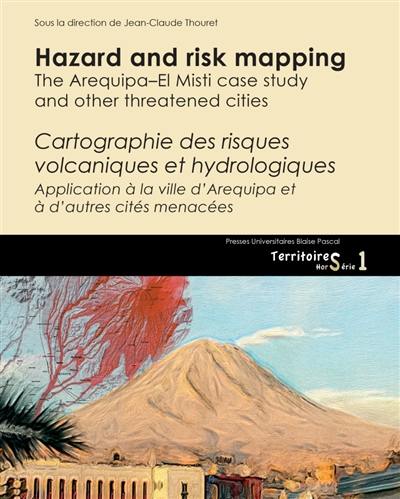
Collection(s) : Territoires
Paru le 31/03/2018 | Broché 153 pages
Professionnels
prefacio J. Choque Cuno | foreword M. Rivera Porras
Hosting almost one million people at a distance of 17 km away from the El Misti active volcano, Arequipa in southern Peru is one of the most vulnerable cities worldwide, where flash floods and mudflows cause fatalities and severe damage every two to five years on average. Which methodologies can we use to better assess hazard and risk of volcanic mass flows and floods in urban environments ? This central question was the rationale to bring together 50 national and international experts, graduate and PhD students, civil engineers together with civil authorities and risk management professionals, in the city of Arequipa.
The week-long workshop combined talks, debates, and field observations in valleys across the city together with modeling practice for pyroclastic density currents, lahars and flash floods using an online geomatic platform. The flow simulation outputs along three valleys across the city of Arequipa, embedded in a urban GIS, have improved vulnerability maps, showing the potentially affected habitat, infrastructure and water networks, all of which are critical assets in case of volcanic crises.
With the aim to create contingency and risk maps along with recommendations at the scale of urban districts, scientists in conjunction with risk management professionals have explored how critical model input parameters can be calibrated, how various sources of uncertainties on the model outputs can be correctly estimated, and how these different concepts can be disseminated to exposed communities. The outcomes of the final debate allowed to better define the key methodologies and priority tasks to undertake in order to improve hazard assessment and disaster risk management in urban environments.